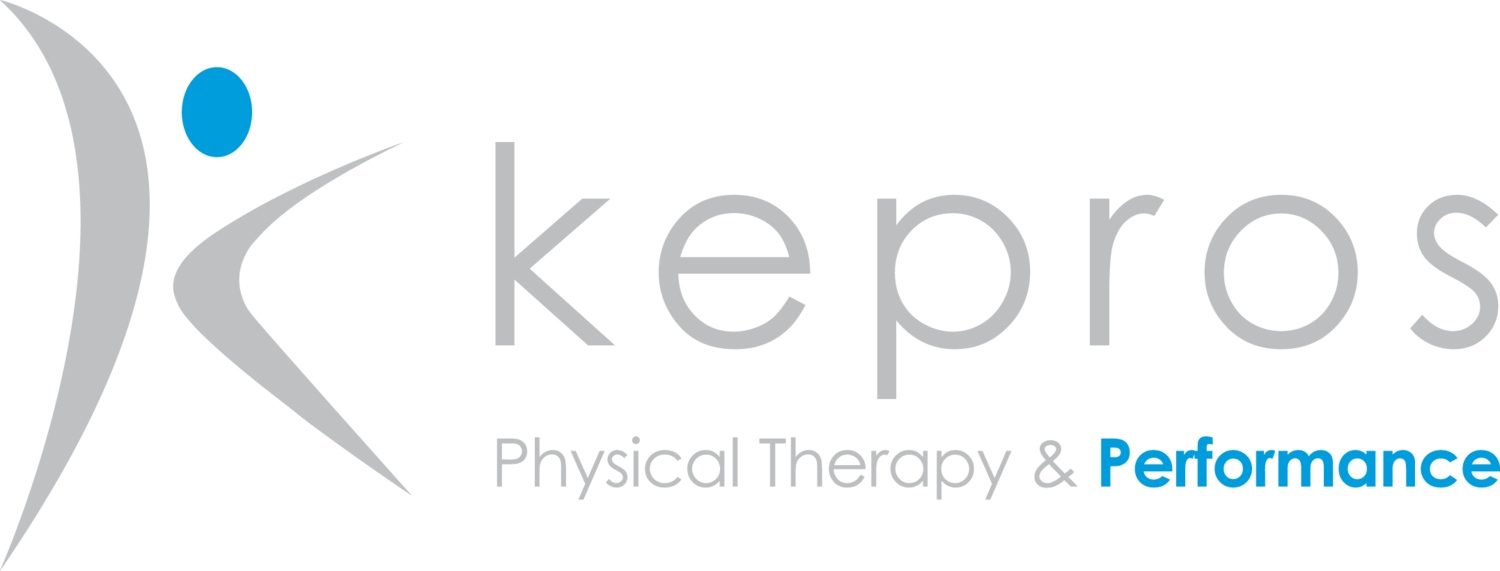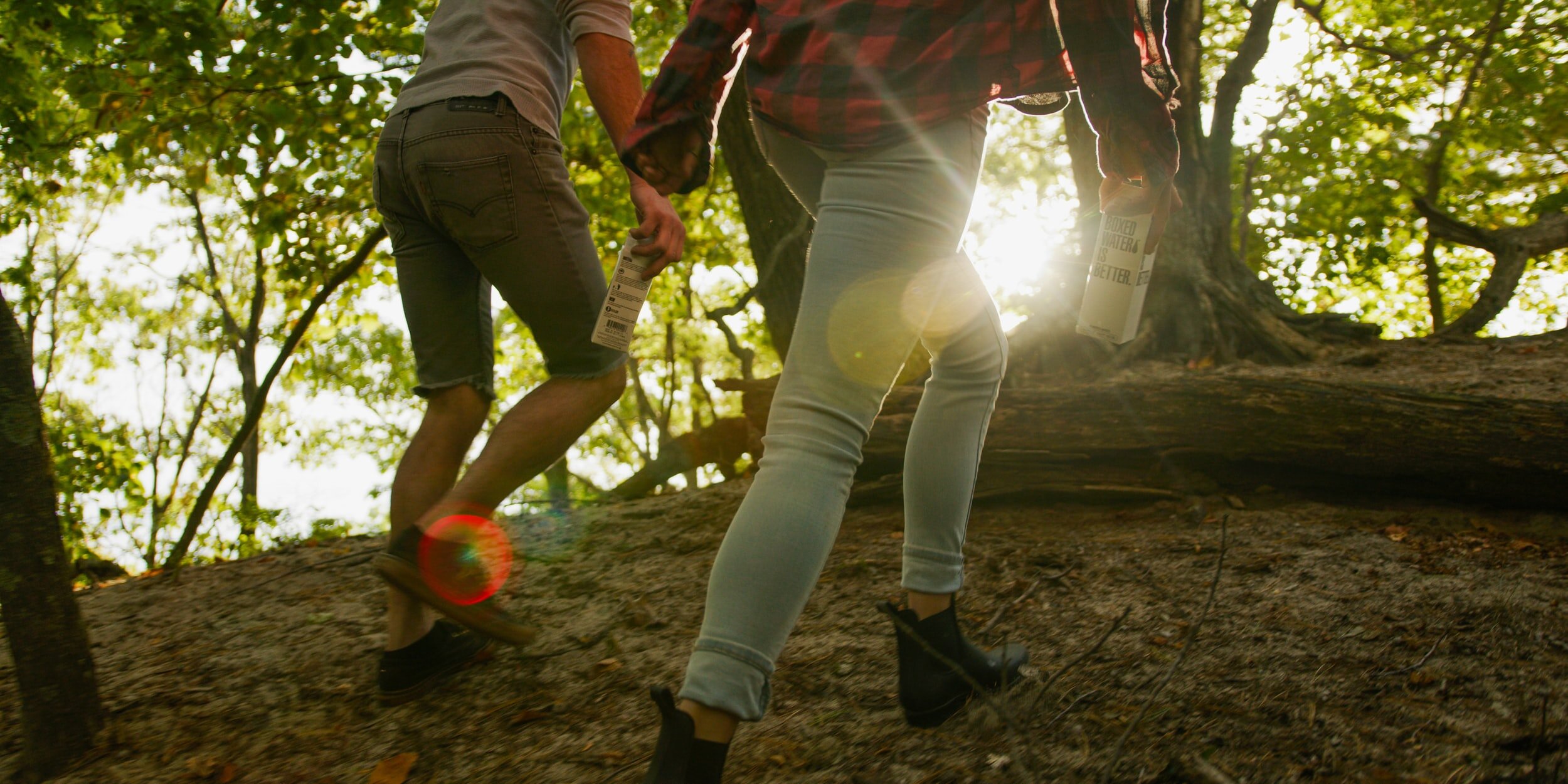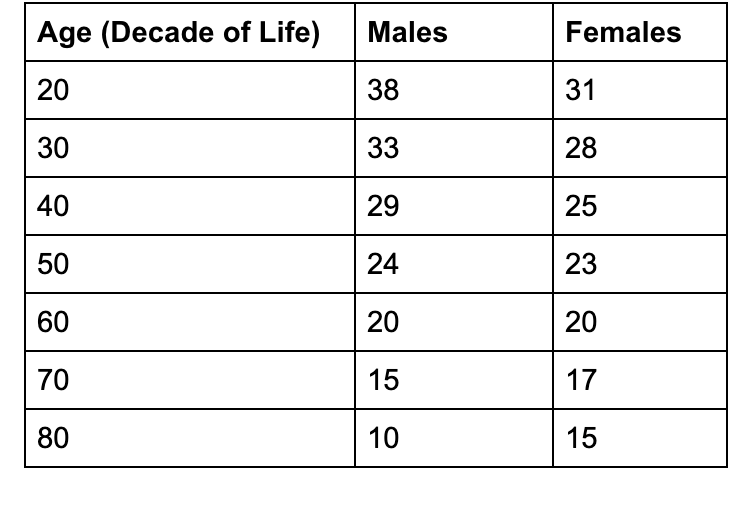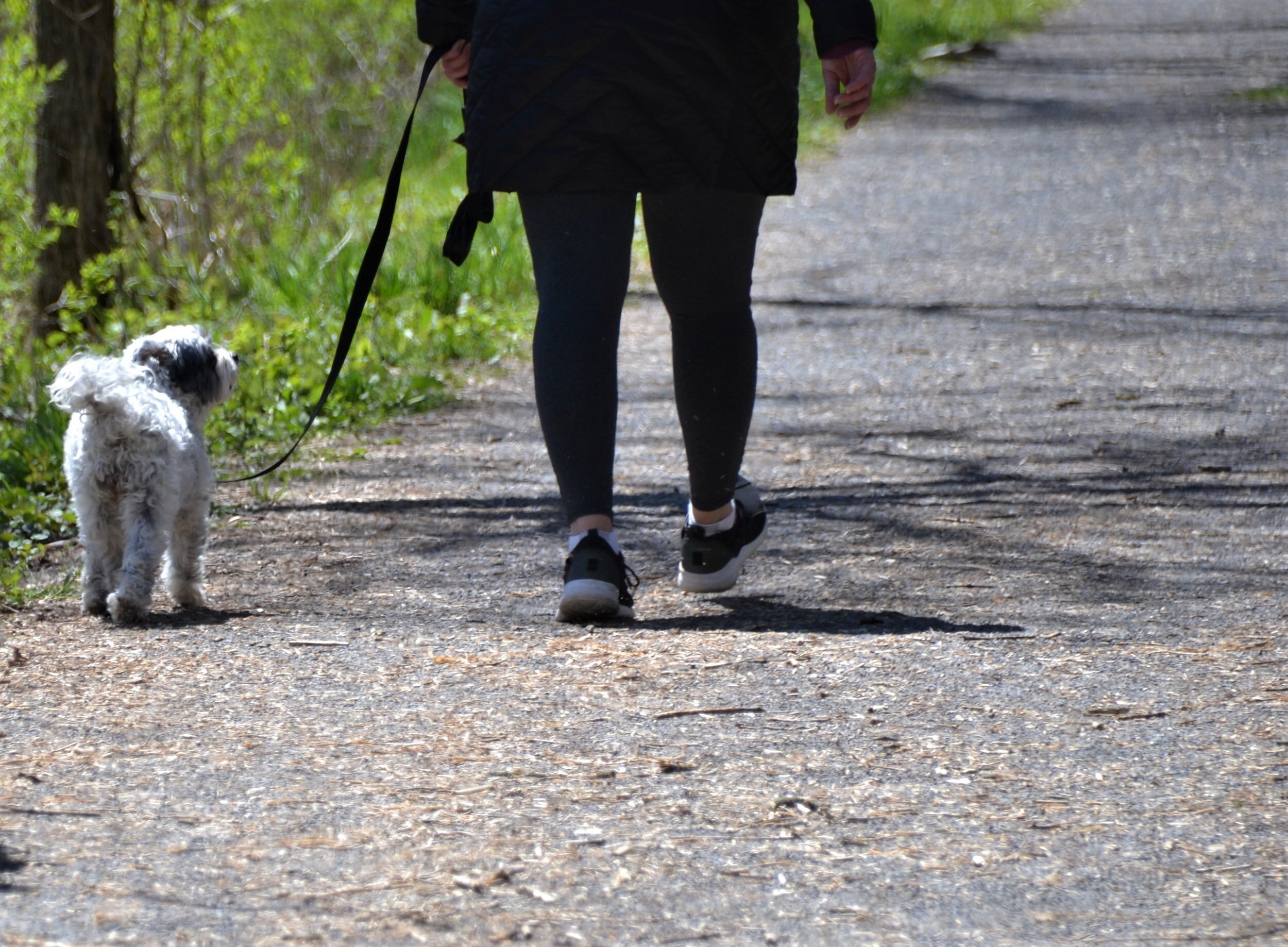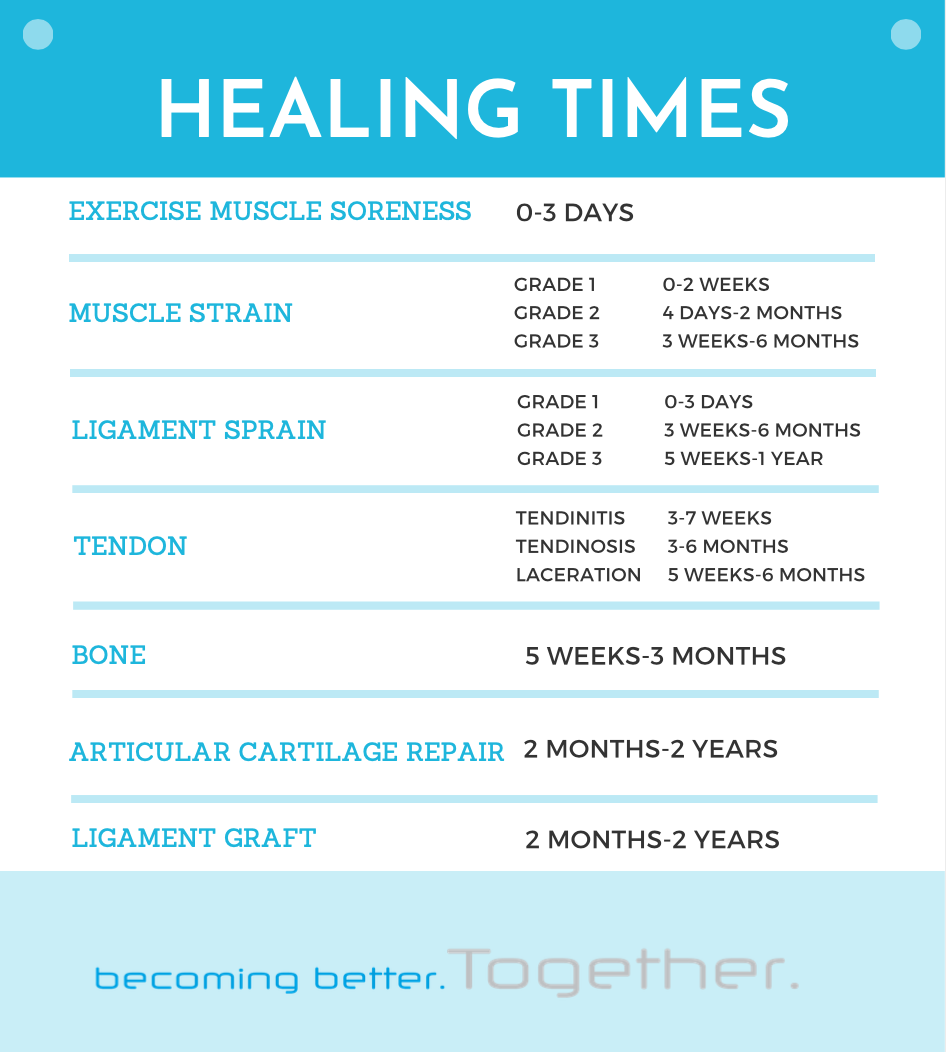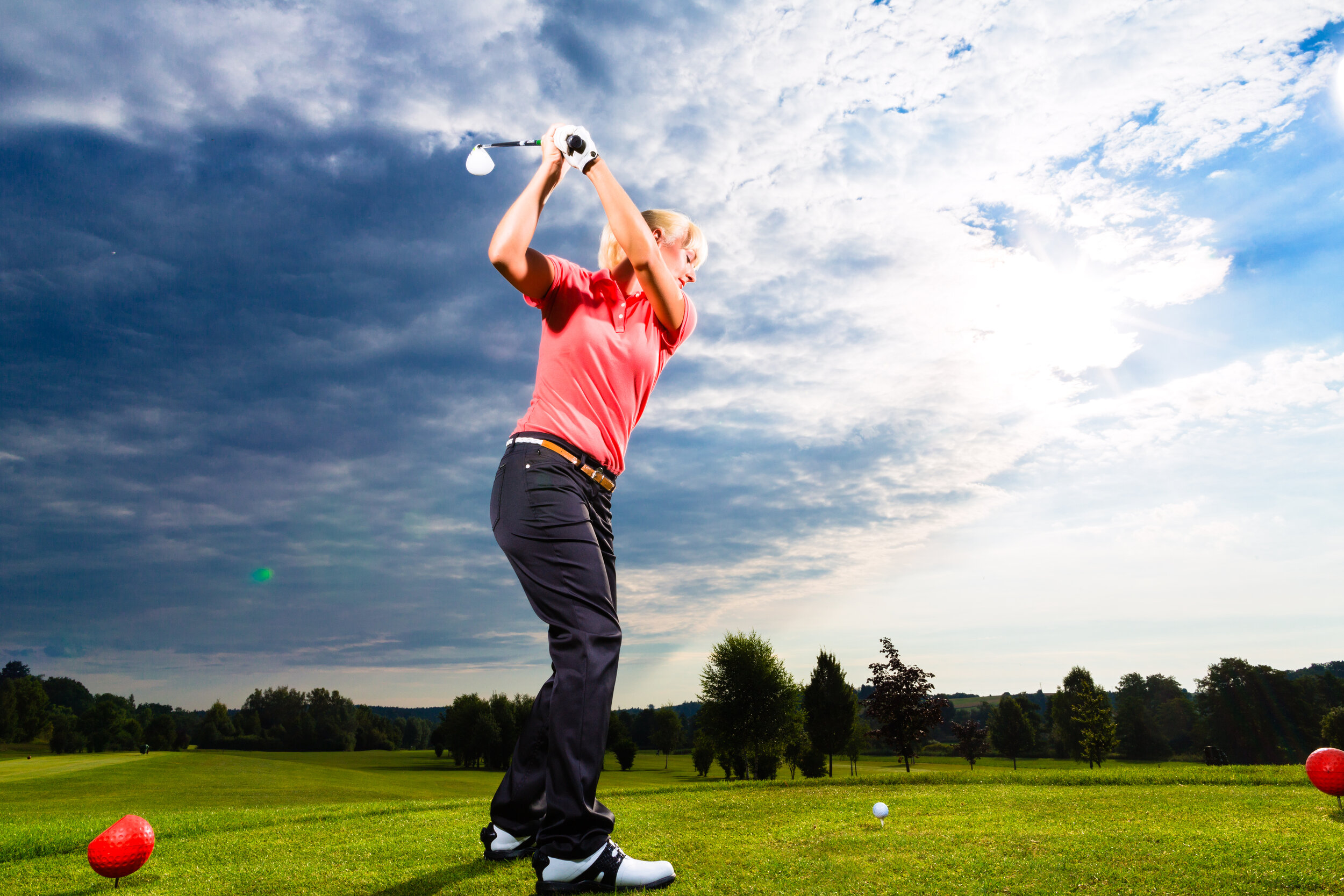We wanted to take a moment to talk about what exactly a concussion is and what to do if you or your child gets a concussion.
A concussion is categorized as a mild traumatic brain injury resulting from a direct or indirect blow to the head. This means that a fall that causes a whiplash type injury could still give you a concussion, even if you did not hit your head. Many times, a concussion results from the brain moving inside the skull when the head is hit – for example if you hit the back of your head on the ground after being tackled, the brain will contact the back of the skull, then move forward where it contacts the front of the skull before settling – a “coup contrecoup” injury. This blow to the head causes a metabolic reaction in the brain – it changes in glucose metabolism (needed to provide energy), alters blood flow to the brain, and disrupts how well the axons (nerve cells) communicate with each other.
Concussions are no longer graded by severity –a concussion is a concussion. That’s why it is so important to know the signs and symptoms of a concussion. You may or may not lose consciousness, and the severity does not depend on whether you lose consciousness or not. Immediate symptoms may include:
Most times, just a few of these symptoms will be present. A certified athletic trainer or sports physical therapist is the best person to evaluate you for a concussion in an athletic setting, and most high schools and colleges should have athletic trainers on the sidelines.
A big concern for parents is what to do after their child has been told they have a concussion. The on-field athletic training staff will help you decide. There is no one test or imaging that can determine if you have a concussion – it is a clinical diagnosis (based on symptoms). Most times, you do not need to go to the hospital to diagnose a concussion. However, reasons to go to the hospital would include:
Severe headache
Deteriorating condition (starting to lose consciousness after the injury, slurring words, uncoordinated movements)
Suspicion of neck fracture
Continued vomiting
Vision changes
If you don’t have any of these red flag symptoms, the best thing to do is to go home and rest. You do not need to wake someone up every hour – continuous sleep is best for brain rest and recovery. You should rest in a dark room with minimal noise, eliminate screen time, reading, and strenuous activity for the first three days[1] , which may include time off from school or work. Tylenol is a good option for controlling headaches and muscle pain. Taking ibuprofen or other NSAIDS is not recommended as they can thin the blood and increase the risk of worsening an undetected brain bleed. On the third day after the injury, it is okay to try some light aerobic activity as long as it does not worsen your symptoms (walking or stationary bike only).
A physical therapist or athletic trainer can provide more specific guidance to each individual person, but our recent research is showing that early aerobic activity improves healing times after a concussion. Exercise will progress through light aerobic exercise (walking, cycling) to more strenuous aerobic exercise (running, cutting) and then to sport specific activities including contact sports. This will occur over a period of time based on your symptom response.
Our last blog reviewed tissue healing times, but unfortunately the brain does not have a “standard” healing time like muscles and ligaments do. The younger you are, the longer it takes to recover as your brain is still developing. This is why it is important for middle and high school students to take a concussion seriously. A second impact before your brain has recovered can be a devastating injury. A standard return to play protocol for college and NFL athletes is not appropriate for younger athletes because it doesn’t account for younger age and developing brains – trust your expert athletic trainer and sports physical therapist to make the best decisions for you and your children. A concussion can take a lot longer to recover from than you, your coach, or your team mates expect, and each person has a different experience. It may be a few weeks of down time, or even up to a few months if you try to return too soon.
Lastly, a concussion can affect more than the brain. Some people will have lingering neck pain, dizziness, or vision changes. Physical therapists are trained in treating neck pain, dizziness, and can guide you through appropriate return to play progressions. If needed, we can refer to an appropriate provider to address any visual impairments.
If we can answer any more questions about concussions or if you need treatment for a concussion, let us know!
